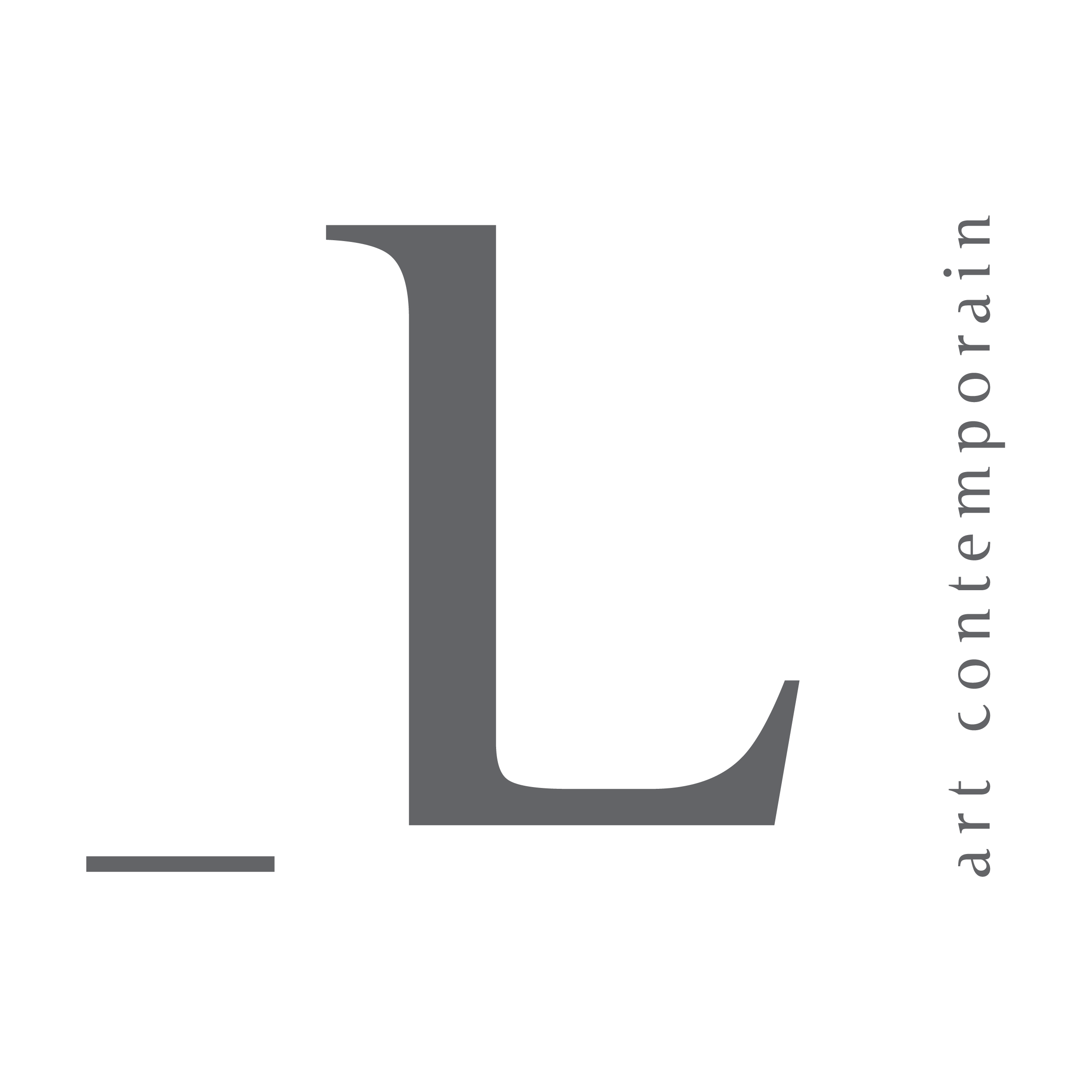Geraldo de Barros, Oscar Niemeyer, Sergio Rodrigues and Joaquim Tenreiro

This new exhibition, held by espace_L in collaboration with 20th Century R New York, presents the work of the renowned Brazilian artists: Geraldo de Barros, Oscar Niemeyer and Sergio Rodrigues, and the Portuguese artist Joaquim Tenreiro.
In 1950s, some Brazilian artists shared the same principles of two European artistic movements. At first, the Bauhaus, which revolutionized the design of the 20th century, and secondly, the Concrete Art. Max Bill (1908-1994), a prominent representative of this movement, and previously a Bauhaus director, received the first prize in sculpture at the first São Paulo Biennial, in 1951.
Thus begins a tradition on Brazilian design. The furniture from the 1950s is popular nowadays and it is highly sought after by collectors, besides being copied and it is mainly characterized by the absence of decorative motives and it emphasizes volume, shape and function. Indeed, the design of such objects follows the leading that “less is more”, an expression by Ludwig Mies van der Rohe (1886-1969), another Bauhaus director, to characterize the minimalist design.
The Brazilian furniture of this period is emphasized by the beauty and rarity of the Brazilian hardwoods (jacaranda, peroba and frejo), and secondly by the design itself. The combination of the concepts of bare and sensual furniture gives these powerful elegance is in perfect harmony with the Brazilian architecture, as mentioned by the Brazilian architect Jorge Hue:
“The concept of shelter has always been with us. It is lost in the night of the past, beyond the Neolithic period. Shelter, burrow, a safe place, individual or collective, temporary or permanent. Throughout this adventure, this idea has long changed, until we get home!
It is within us, however, almost intact, the basic concept of home-burrow, a place of arrival. The joy of meeting our intimacy, our way of being.
Living with charm: the practise of this freedom with creativity. The clear and neat function of each thing, almost with that sense of joy we experience during breakfast.
Being at ease with comfort and the proper measure of our body, with the adequate choice of materials and the simplicity of a good living.
Our space is always smaller, but it is up to ourselves to understand it better. We must absorb the most from its interior, and promote high flexibility, interchangeability and function.”

